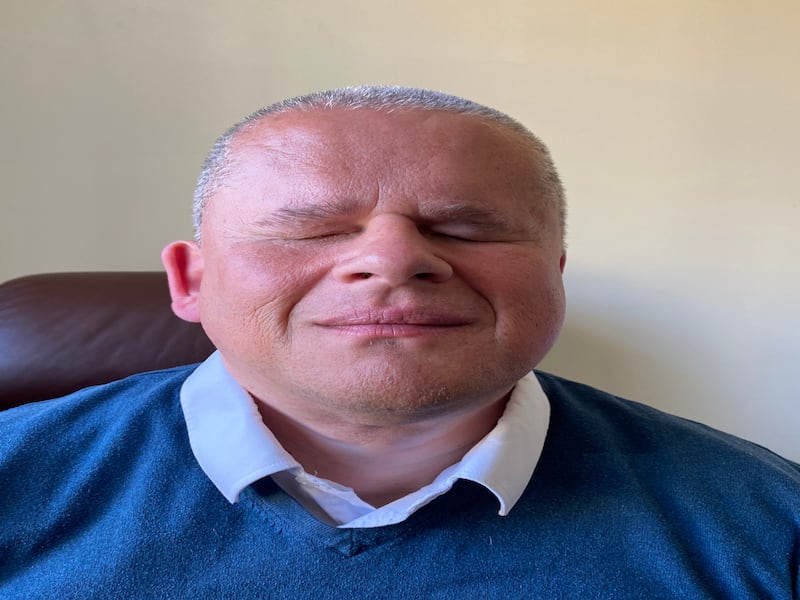Whatever your feelings about going to the office it is fair to say that for those of us with office jobs, we spend a lot of our time there, or in our home versions. Many companies have incorporated checks and training to ensure that desks and chairs are at the right height for users to prevent back or other strains, but sometimes more needs to be done for people with specific needs. Has the modern office adapted or are more accommodations needed?
Reasonable accommodations and universal design
The Irish Human Rights and Equality Commission (IHREC) recently published a draft code of practice on the nature and extent of an employer’s obligations to provide reasonable accommodation to employees with disabilities. This gives guidance to employers, employees and their representatives regarding the law around reasonable accommodation and its application in the workplace. As part of the Employment Equality Acts, an employer is legally obligated to provide reasonable accommodation to an employee once they are aware of an employee’s disability. As part of this, employers should foster a culture and environment where early disclosure of disabilities is encouraged.
Further to that, employers are expected to have a regard and understanding of the principles of universal design, which is “the design and composition of an environment so that it can be accessed, understood and used to the greatest extent possible by all people regardless of their age, size ability or disability.”
READ MORE
Ruth O’Reilly, senior built environment design advisor, Centre for Excellence in Universal Design, says that following a case study at the Central Bank of Ireland “user engagement early in the design process highlighted the importance of providing different types of workspaces to suit different user needs and preferences – the notion of ‘work choice’ - for example sit-stand desks, informal break-out spaces for collaboration, focus rooms for work that requires privacy or concentration, meeting rooms of different sizes that can be easily accessed by all staff members.

“Moving around the building easily to remove barriers to collaboration was also a key consideration – generous, well-defined circulation routes to enable easy way-finding, well-designed stairs and lifts and doors on hold-open devices are examples of key features in relation to this.”
More than reasonable accommodations
Brian Dalton is an accessibility test lead at Clover Network, Fiserv, where he is responsible for testing digital content to ensure that it conforms to legislative requirements as well as to the Web Content Accessibility Guidelines (WCAG), a binary set of requirements that govern the standard of accessibility of digital content. “Part of my role is to disseminate this knowledge through the various teams, to enable everyone to build accessibility into all that is designed and developed.” Brian has both a physical and a sensory disability, and the company has made sure to accommodate his needs since he joined in 2020.

“Physically, I’m a wheelchair user, with an impairment known as Arthrogryposis Multiplex Congenita (AMC). After trying a range of mobility devices I made the decision, with the support of both my parents at the age of nine, to use a wheelchair. Independent living and finding a job were high on my parents’ agenda as an expectation for me, and I believed a wheelchair would enhance this.”
Dalton has a personal assistant to help him in his role. “In my case, I use a personal assistant to act as my arms, legs and eyes. This person, through my direction, carries out the physical and sensory tasks at work that I’m unable to do. An example would be looking at my screen and making a visual change to a document, taking an item off the printer for me or carrying a cup of tea from the kitchen to my desk.”
Dalton says that a physical environment or service should include the needs of everyone, whether they have an impairment or not. “The solution does not always have to be high-tech. A willingness and an awareness to work with everyone to meet their specific requirements are what’s needed.”















